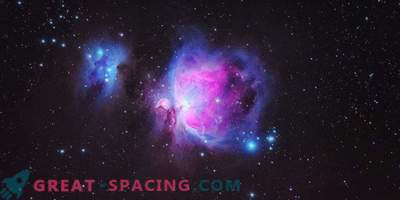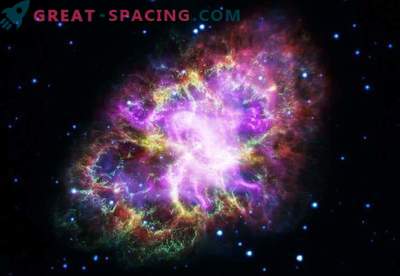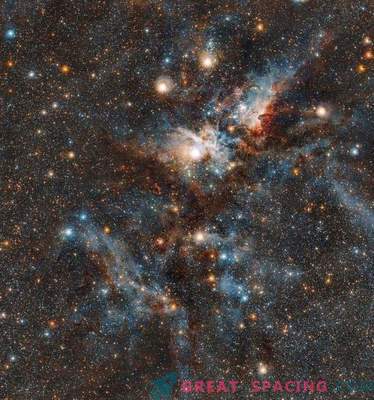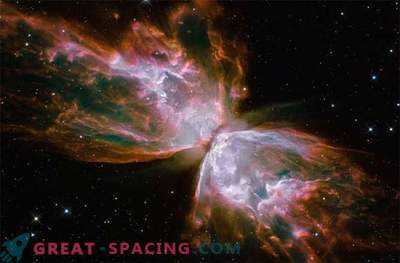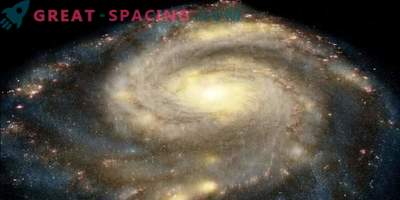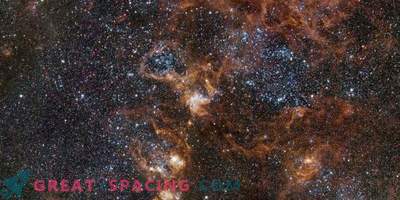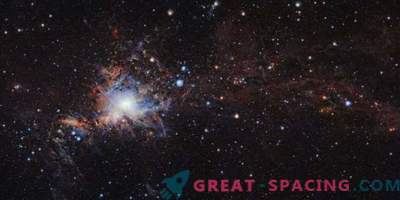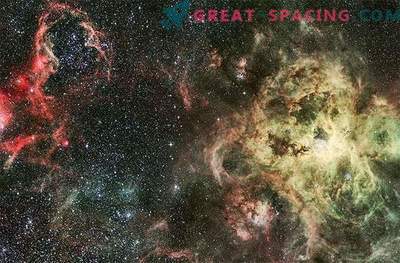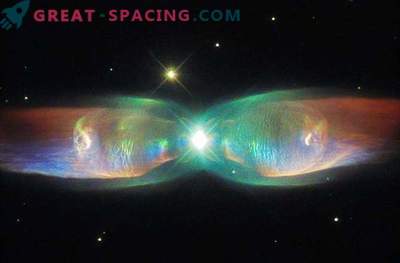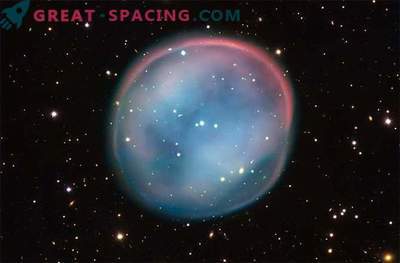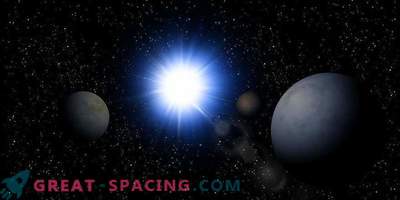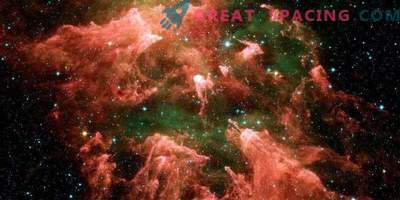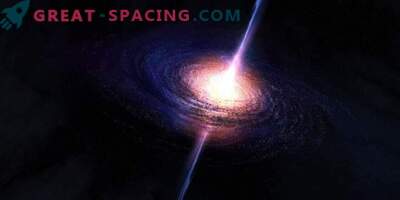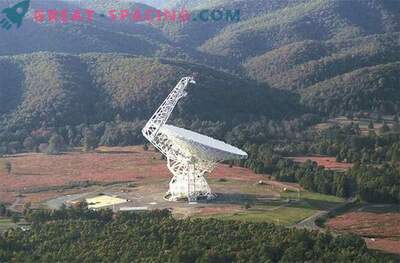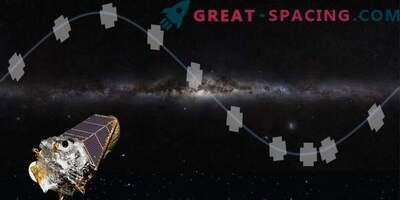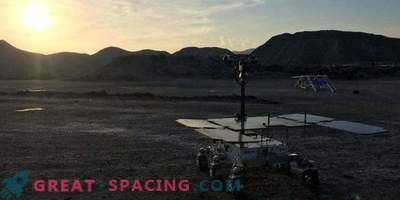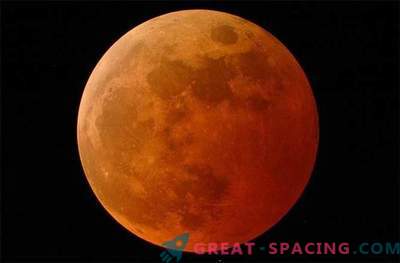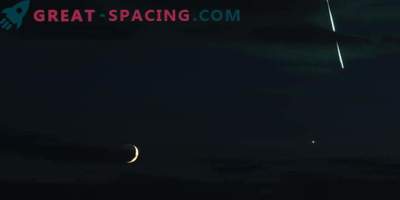The NASA Spitzer Space Telescope was launched 10 years ago and has since lifted the infrared curtain of the cosmos. The mission worked alongside NASA's other “great observatories” Hubble and Chandra to capture galaxies, interstellar dust, the tail of comets, and the planets of the solar system. But the most vivid photographs taken from the orbital telescope were taken with the nebulae. Supernova remnants, star-forming regions and planetary nebulae are among the most iconic objects captured by the Spitzer telescope. To celebrate ten years spent in space with a telescope, V-kosmose.com offers you a selection of the most amazing nebulae! Enjoy your viewing.
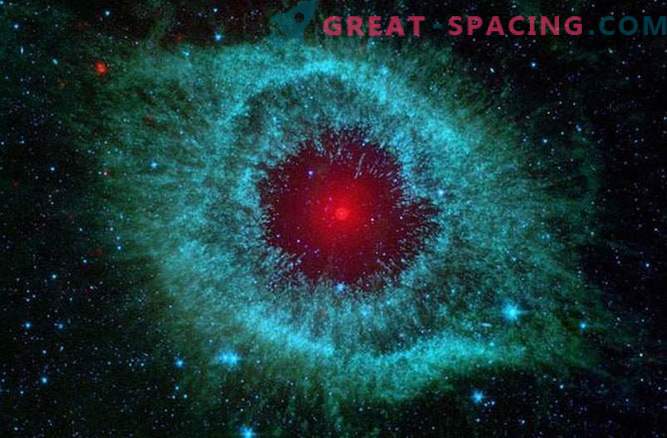
First of all, we offer you the Snail Nebula. This planetary nebula, which is located about 700 light-years from Earth. The planetary nebula is the remnant of the agony of the red giant - all that remains of it is a white dwarf in the center, surrounded by comet dust.
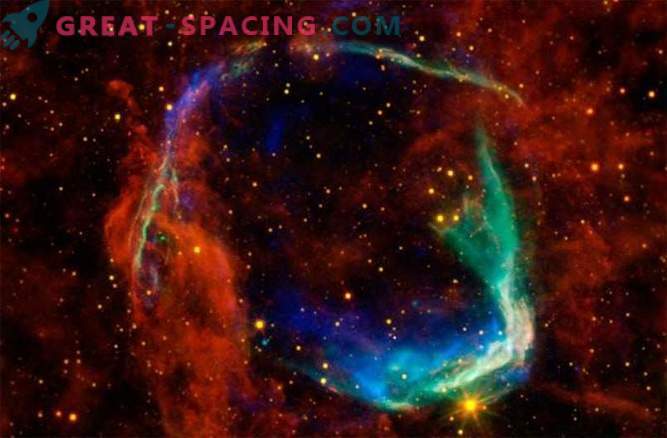
Spitzer often works in tandem with other space telescopes. This remnant of RCW 86 was captured using Spitzer, Wise and Chandra spacecraft (Spitzer, WISE and Chandra).
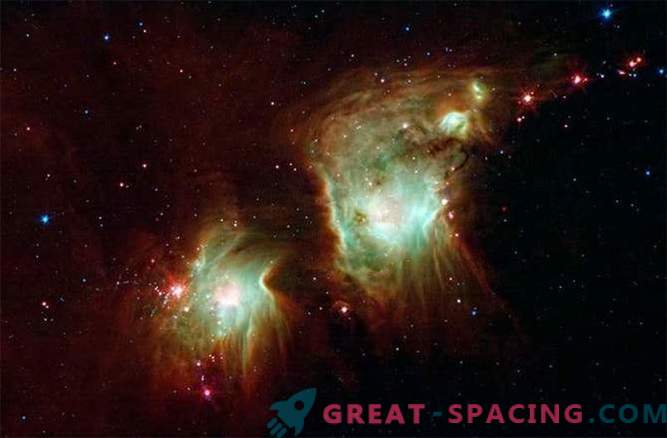
Looking into the depth of the star-forming Messier 78 Nebula, Spitzer sees newborn stars in the infrared range, surrounded by a cool mist of gas and dust.
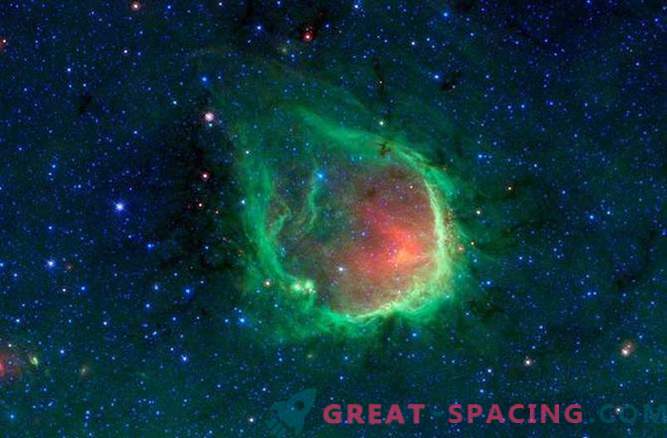
The glowing green ring of the nebula RCW 120 is formed by tiny specks of dust, the so-called polycyclic aromatic hydrocarbons. The bubble is formed under the influence of powerful stellar winds emanating from the central massive O-type star.
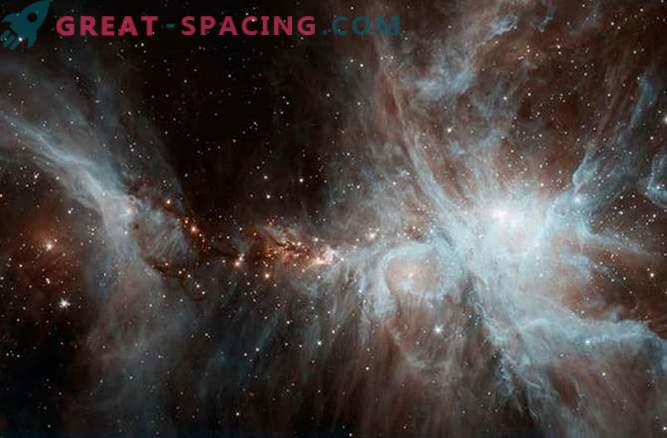
Spitzer is looking deep into the Orion Nebula, watching the infrared radiation generated by a whole factory of stars.
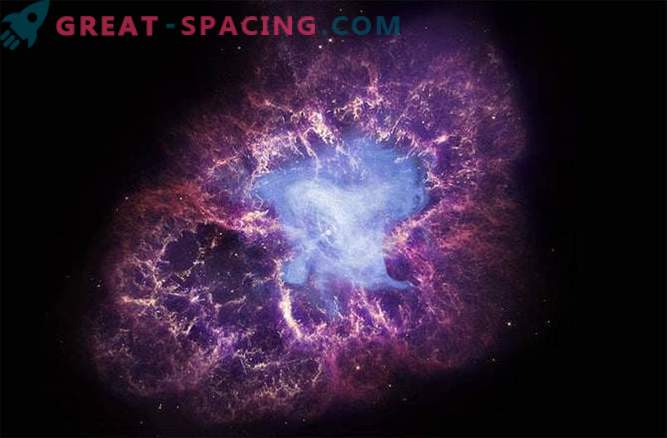
In 1054, the star exploded as a supernova. Today, the Spitzer telescope, with the help of other “great observatories” (Hubble and Chandra), was able to capture the image of the nebula that remained after the explosion. The Crab Nebula is a cloud of gas and dust with a rotating pulsar in the center.
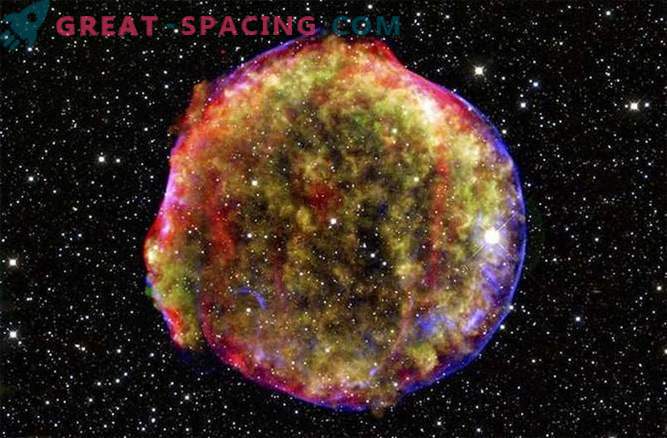
This image of the remainder of the Tycho supernova was obtained using the Spitzer telescope in the infrared range) and Chandra (X-rays). A powerful supernova shock wave is visible in the form of a blue shell emitting X-rays.
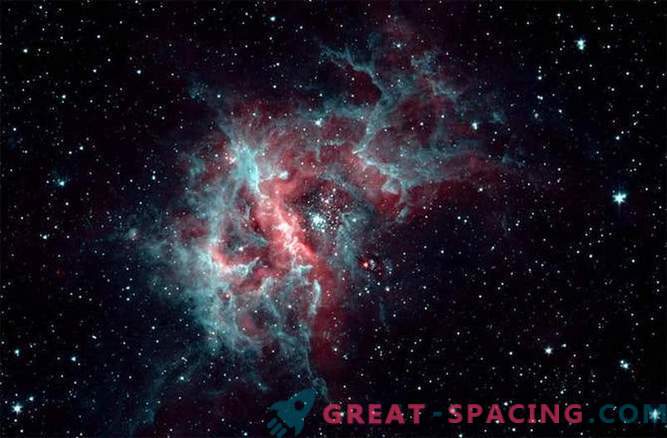
More than 2,200 newborn stars can be seen in the star-forming region of RCW 49.
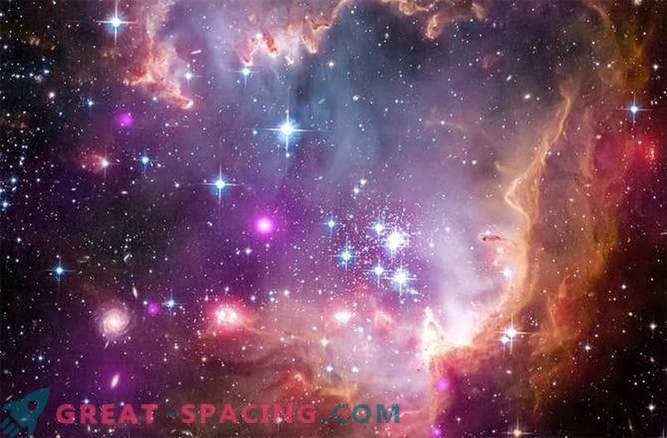
The Small Magellanic Cloud impresses with its magnificence of stars and clouds of dust and gas. The combined observations from Spitzer, Chandra, and Hubble present our attention to the complex nature of this nebula.
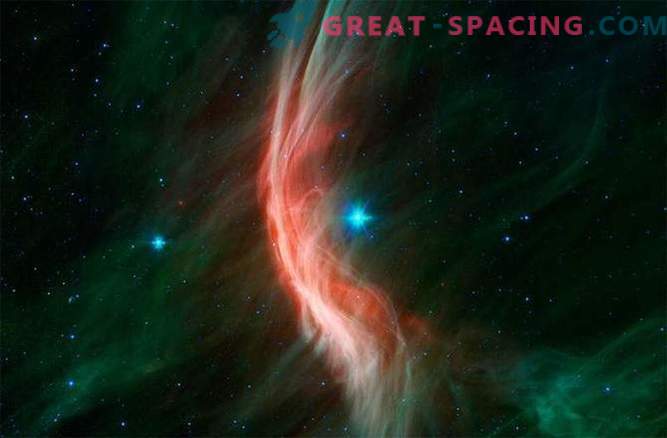
The giant star Zeta Ophiuchus is the cause of powerful stellar winds in space, creating an impressive shock wave in the interstellar medium.

